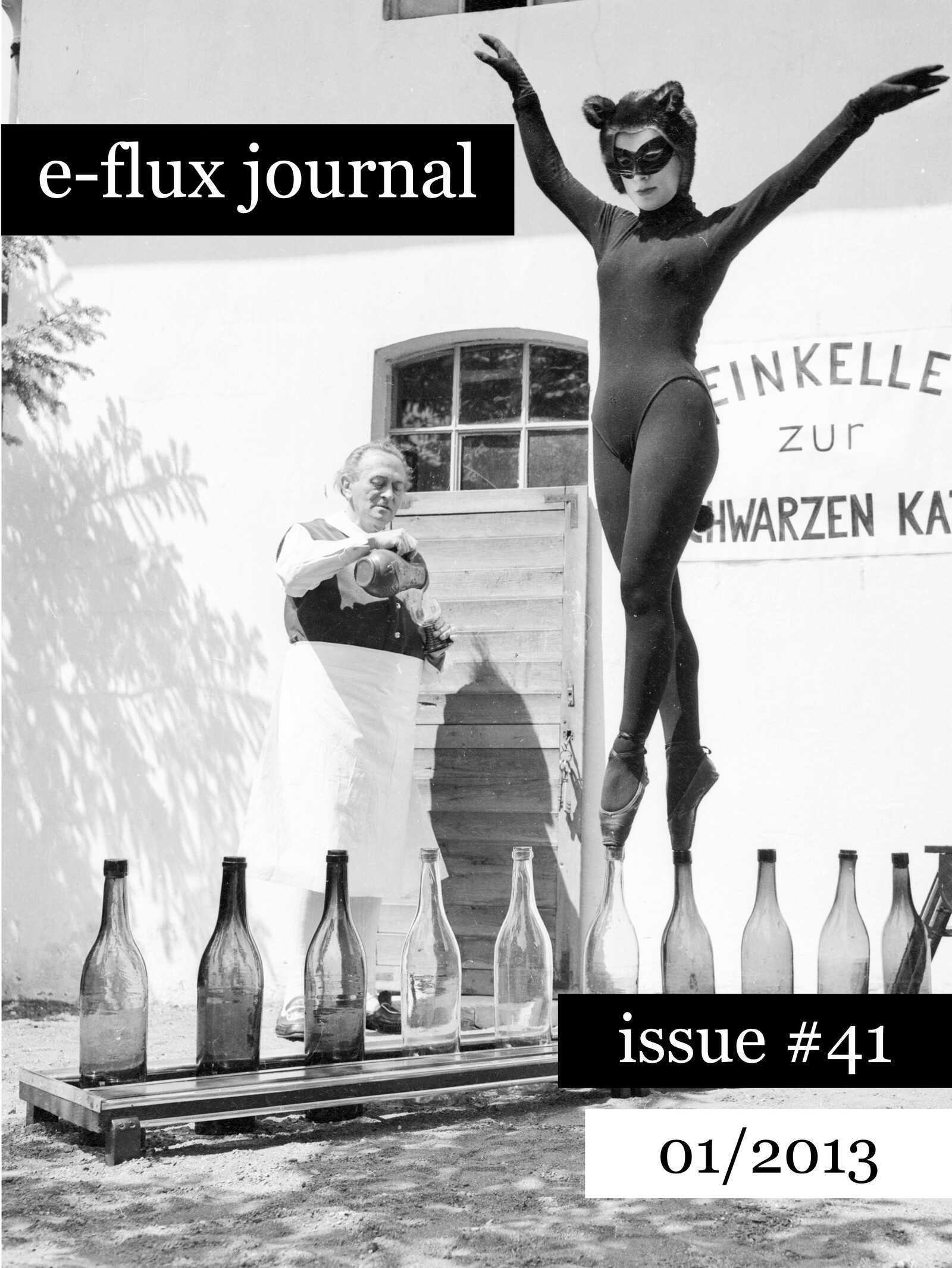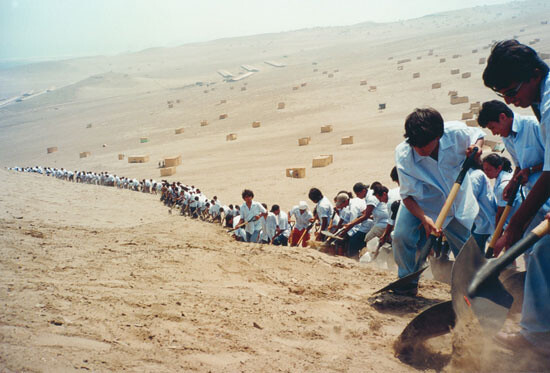Nearly 4.6 billion years ago, within a vast cloud of interstellar space, a small pocket of gas and dust collapsed under its own gravity and our solar system was born. As part of this system, our Earth is always in flux and is constantly remolded by powerful forces. These forces can often appear as sudden and unexpected phenomena. Our popular Earth and Solar Systems Gallery displays rocks, sediments, meteorites, and volcanic debris, allowing visitors to explore the dynamic forces that formed…
Issue #41
January 2013
With:
Julieta Aranda, Brian Kuan Wood, Anton Vidokle, Khalil Rabah, Keti Chukhrov, Hito Steyerl, Alan Gilbert, Zdenka Badovinac, Eda Čufer, Cristina Freire, Boris Groys, Charles Harrison, Vít Havránek, Piotr Piotrowski, Branka Stipančić, and Ana Teixeira Pinto
Celebrating the arrival of 2013 on New Year’s Eve, many people must have wondered why they still existed. Wasn’t the world supposed to end on December 21 with the Mayan apocalypse?
You don’t have to be a new age spiritualist to believe that the end of the world could have improved your circumstances. If you thought you were nearing a fiscal cliff, or if you really were entering hell itself with an Islamist soft coup, a well-placed apocalypse carries the promise of voiding all debts, so…
View List
View Grid
7 Essays
January 2013
1. The Traps of Transitioning to “Democracy”
The Soviet Union is considered to be a classic example of a disciplinary society, and we are used to regarding it as a backward social system in comparison to the post-disciplinary societies of liberal democracy.
What for the Western states took place as a gradual development towards post-disciplinary conditions after the Second World War became shock therapy for the former Soviet states after 1989. The entrance into the “civilized…
In 1990, George Michael released his song “Freedom ’90.” It was a time when everybody was deliriously singing along with Beethoven’s “Ode to Joy” or the Scorpions’ “Winds of Change,” celebrating what people thought was the final victory of liberty and democracy after the fall of the Berlin Wall. Most abysmal of all these sing-along songs was David Hasselhoff’s live rendition from on top of the Berlin Wall of “Looking for Freedom,” a song describing the trials and tribulations of a rich man’s…
1. Shifting the Landscape
Politics without the imagination is bureaucracy, but the imagination is never a neutral category.
The shantytowns built on the outskirts of Lima, Peru, are the product of civil war, economic turmoil, ethnic struggle, and ecological crisis. Populated by underemployed laborers from the city and displaced peasants from the Andes, frequently of indigenous descent, a number of these shantytowns were originally constructed in the 1970s. 1 In 2002, one of these…
Continued from Conceptual Art and Eastern Europe, Part I
Zdenka Badovinac: What you’ve mentioned leads me to the question of identity versus other international questions that were being explored around 1968. How much are we forcing this Eastern European identity? This question only occurred after the Soviet regime collapsed. Before the fall of the wall, in Russia or in other Eastern and Central European countries, did artists talk about this?
Piotr Piotrowski: They did…
Aaron Swartz killed himself on Friday, January 11 in New York City. He was twenty-six years old. In his family’s official statement, they say:
Aaron’s death is not simply a personal tragedy. It is the product of a criminal justice system rife with intimidation and prosecutorial overreach. Decisions made by officials in the Massachusetts US Attorney’s office and at MIT contributed to his death. The US Attorney’s office pursued an exceptionally harsh array of charges, carrying…







